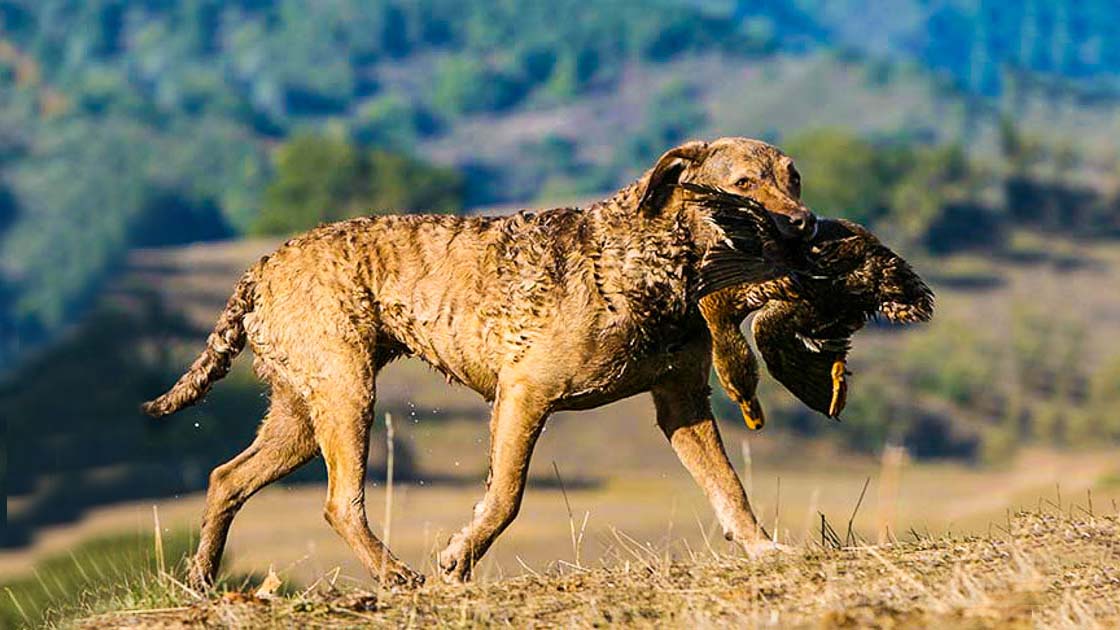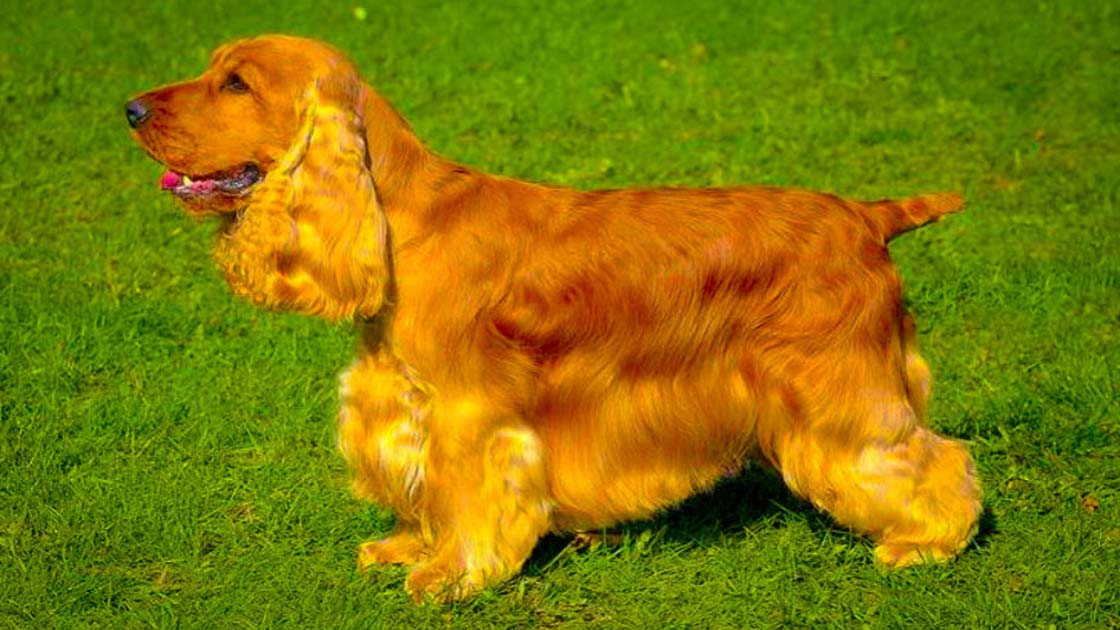Bichon Frise
Origin: France, Belgium, Mediterranean Region
Popularity Rank: 45 Since 2020
Life Span: 12-15 years
Color: Bichon Frize dogs are pure white and other colors such as apricot or grey and brown in color.
Size: Small in size
Height: Its height is 23-30 cm (9-12 inches).
Breed Group: The Bichon Frise belongs to the non-sporting group.
Pricing; Its Price ranges are from $1000 – $2000.
Weight: The average weight of this dog breed is between 6 and 11kg.
Bichon Frise History
A Bichon Fries, also known as a bichon a poil fries or Tenerife dog. It is a small dog, like a cat. This breed is a well-known member of the Bichon family of dogs. Bichon Frises were a favorite of European royal courts when they were introduced in the early 13th century.
Origins in Antiquity: The Canary Islands and the Mediterranean coast of Europe are among the ancient Mediterranean areas where the Bichon Frise’s forebears can be found. They are thought to be descended from little white-coated dogs, possibly the Barbet and the Bichon Tenerife.
Royal Companions: During the 13th and 14th centuries, European royalty and aristocracy began to favor Bichon Frises as companion animals. French and Italian nobility, notably Kings Henry III of France and Francis I of France, frequently preferred them.
Renaissance Travelers: Bichons became popular with roving sailors and merchants throughout the Renaissance, who frequently carried them on journeys. They were prized for their loving dispositions, versatility, and charm with all they met along the road.
Moreover, the Bichon breed was given the name “Bichon a Poil Frise” (literally, “Bichon of the Curly Hair”) by France’s Societe Centrale Canine in 1933. In 1956, bichons were brought to California; in 1964, the Bichon Frise Club of America was founded. Finally, they were added to the various class by the American Kennel Club in 1971, and they were given whole breed recognition in 1973.
Bichon Frise Qualities
The bichon fries are superb and sensitive. Bichons Frise feels happy with other dogs and cats. They are often seen as excellent with children. Bichon Rises are prone to separation anxiety and show undesired behaviors such as barking, whining, scratching, and gnawing when they have been left alone for too long. Moreover, they are versatile, friendly, intelligent, companion, and lap dogs. Farmers in Norway have used them for rounding up sheep. This breed existed since the middle ages. In addition, they are popular pets and similar to poodles. In addition, they can stand 9 to 12 inches at the withers.
Bichon Frise Body
The Bichon is a small dog similar to a large cat. The muzzle is not pointed, and the cranium is slightly rounded. The tail is long and curly and carried over the back. Furthermore, It has a black snout and wide dark eyes; its white hair is curly, dense, and has little shedding (much like a poodle), though several breeds have less curly hair than others. Moreover, the ears and tail of these dogs are natural. The head and legs are proportioned to the body. The Bichon Frise carries its plumed tail over its back. Long hair covers the tail, set high and matches the coat’s overall length. The Bichon Frise is a beautiful and endearing breed with a well-balanced, compact body wrapped in a fluffy white coat.
Coat
These dogs have double coats: undercoat and outer coats. Moreover, the coat color of this breed is white. The Bichon Frise is frequently regarded as a hypoallergenic breed. Because of their reduced dander-producing coat, they may be an alternative for allergy sufferers. It is crucial to remember that each person’s susceptibility to allergens can differ. Therefore, it has advised getting to know a Bichon Frise before deciding if you have allergies.
Curls and Waves: A Bichon Frise’s exterior coat is frequently curly or wavy, giving it a velvety, fluffy appearance. The curls and waves give the coat its distinctive texture and add to the overall allure of the breed.
White Coat: The Bichon Frise is mainly recognized for its all-white coat. Although some Bichon Frises may have faint hints of cream or apricot near their ears or on their coat, the coat is often completely white. These variances, though, are undesirable by show standards.
A silky, dense undercoat and a curly or wavy outer coat make up Bichon Frise’s double coat. The undercoat provides insulation, and the outer coat repels water and filth.
Bichon Frise Health Issues
Cataracts problem and luxating patellas are common diseases in the Bichon Fries dogs.
Patellar luxation: The kneecap, or patella, slipping out of place causes the condition known as patellar luxation. It might cause lameness or an irregular gait. The severity of patellar luxation can range from mild to severe, and in the latter instance, medical intervention, such as surgery, may be required.
Urinary Tract Infections: UTIs, bladder infections, and bladder stones are widespread in Bichon Frise dogs. A balanced diet, access to clean water, and regular bathroom breaks can all help lessen these issues’ incidence.
Dental Issues: Periodontal disease, tooth decay, and tooth loss are common dental problems in Bichon Frises. Maintaining oral health requires routine dental care, such as brushing teeth and giving them appropriate chew toys.
Cataracts: Bichon Frises are susceptible to developing cataracts, characterized by the clouding of the eye’s lens. Cataracts can impair eyesight and, in severe cases, might necessitate surgical removal.
Ear Infections: Their floppy ears and thin skin make Bichon Frises more likely to develop ear infections.
Treatment
Depending on the specific health issue or condition being treated, a Bichon Frise’s treatment will change.
Bladder Issues: Depending on the precise diagnosis, treatment for bladder problems such as bladder stones or urinary tract infections will vary. Combinations of medication, dietary adjustments, increased water consumption, and, in some circumstances, surgical removal of bladder stones may be necessary.
Cataracts: The surgical removal of the hazy lens and replacement with a prosthetic lens are the usual treatments for cataracts in Bichon Frises. A veterinary ophthalmologist performs this surgery.
Ear Infections: Cleaning the ears, using prescription ear treatments (such as ear drops or ointments), and maybe taking oral medications to treat any underlying conditions, such as allergies or yeast infections, are frequently used to treat ear infections in Bichon Frises.
Dental Issues: A veterinarian may recommend routine dental cleanings for Bichon Frises with tooth problems. Tooth extractions or other dental operations could be required in specific circumstances. Practicing proper oral hygiene at home is essential, which can involve brushing the dog’s teeth frequently and giving him toys or dental chews the veterinarian recommended.
Patellar Luxation: Treatment options for patellar luxation may include conservative therapy or surgery, depending on the severity of the problem. Restricted activity, weight management, and anti-inflammatory drugs may be necessary for mild cases. The kneecap may need to be surgically realigned under challenging situations.
For More Details Contact Us [icon name=”square-phone” prefix=”fas”]







